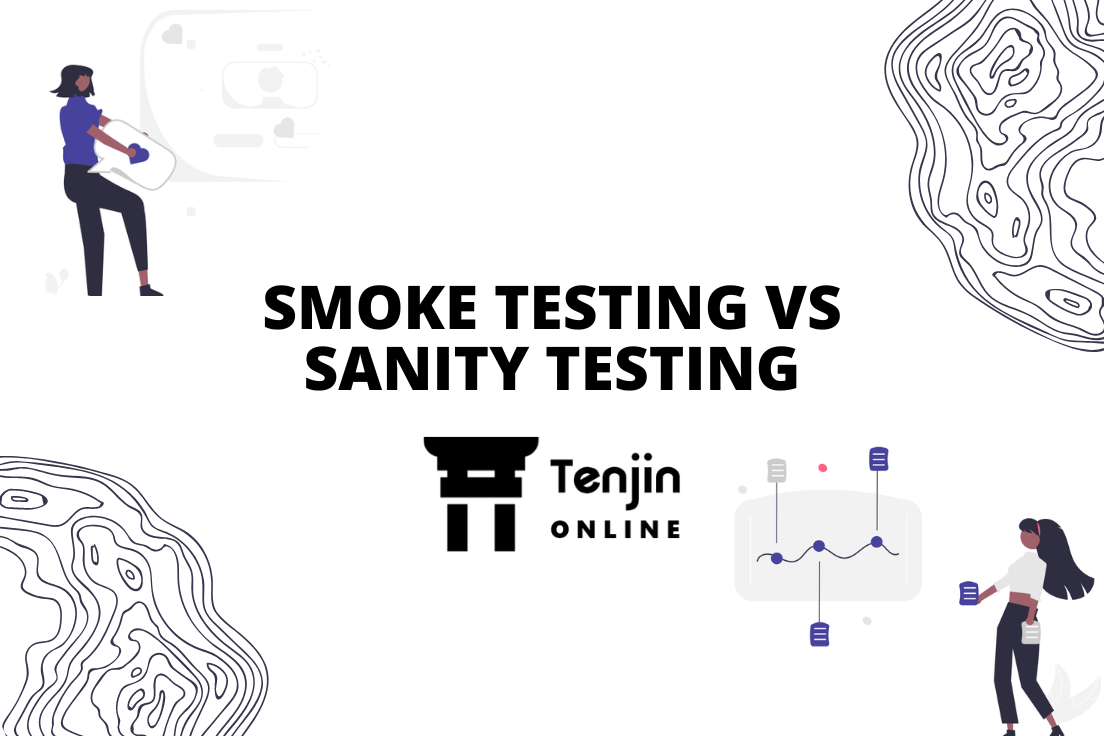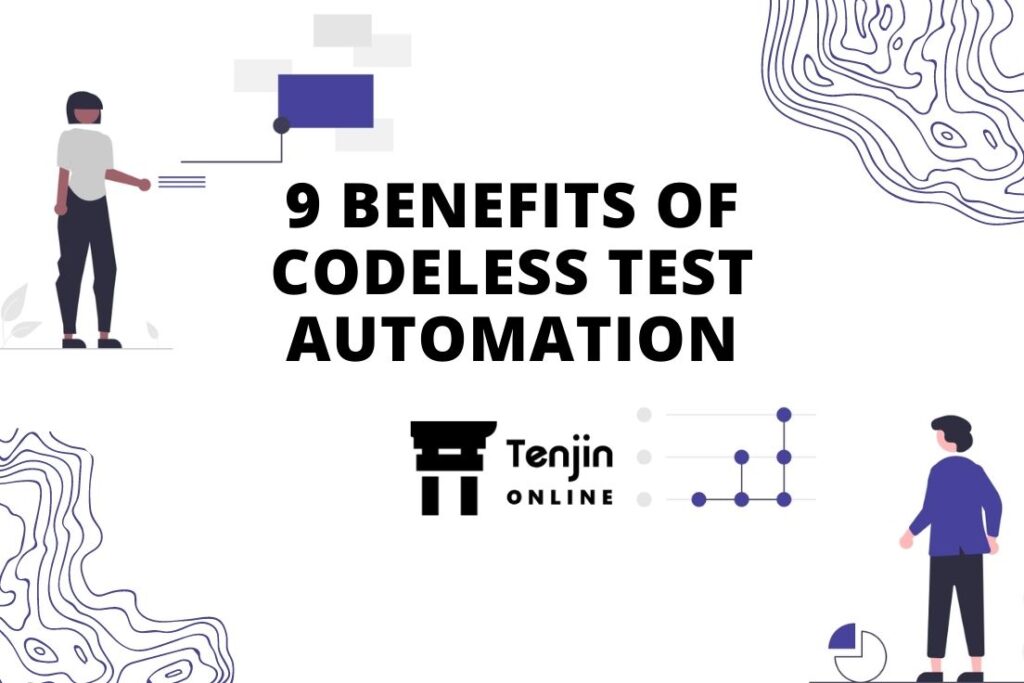
Broadly, smoke and sanity testing are categorized under functional testing and often confused to be the same. However, they are different from each other, and have distinct roles. Smoke testing is performed after every build to check for any errors or instability, while sanity testing is considered to be a subset of regression testing, here the issues associated with code changes are identified and fixed.
Building a perfect application involves numerous steps and undergoes several iterations before it is finally deployed and delivered. Testing is an integral part of this whole development process that ensures to offer reliable and efficient results. However, it is essential to know what kind of testing you are performing to understand the defect and implement specific solutions to resolve them. One cannot proceed with end-to-end testing every time, there are different functional and non-functional testing types that are performed to ascertain the software is bug-free and quality is intact. Smoke and sanity testing are two critical functional testing parameters that are performed to check if the developed software functions as expected.
Let us understand the difference between smoke and sanity testing and learn their significant difference.
Understanding Smoke Testing
Smoke testing is implemented to check if the basic and critical features of the application is performing as expected before conducting elaborate testing. It is a functional testing parameter categorized under acceptance testing used to check if the software build is working fine, in case any bugs are identified, they are fixed and sent to the testing team for detailed testing.
Smoke testing allows developers to verify the stability of the build and ensures to make the best use of time and resources available. Without smoke testing, there is no valid data to indicate if the build is ready for testing, further, leading to a series of quality issues.
Benefits of smoke testing
Primary benefits of smoke testing include:
- Checks for application stability
- Increases process efficiency
- Identifies bugs earlier in the SDLC
- Reduces integration risks
- A limited number of test cases is required
When to perform smoke testing?
Smoke testing is performed under the following scenarios
- Smoke testing is performed to check if all the functionalities are working fine
- It is tested by the developers before handing the build to the testing team
- It is performed by the testing team as soon as the build is received, and before starting with an elaborate testing
To perform smoke testing, valid and positive data is required; invalid data sets and negative scenarios deviate from the expected results.
Understanding Sanity Testing
Sanity testing is a subset of regression testing that looks for issues in a specific section/ component of the application. It determines if the new additions or modifications to the system are working fine. The main purpose of sanity testing is to check if the applications are working as expected after a successful regression. It ensures that any defect that was identified earlier has been fixed and the application works in the desired way.
Advantages of sanity testing
- Identifying functionality issues quickly and efficiently
- It doesn’t require documentation, hence, it is carried out in much lesser time
- It is simpler to understand and execute
- Detects errors in the earlier stages of development
When to perform sanity testing?
- Check if a new addition to the existing software build is stable
- Changes to the existing software build are stable
- Check if the application is working as expected
- In case of minor code changes
- Validate the accuracy of the new feature or component
Smoke Testing Vs Sanity Testing
| Smoke Testing | Sanity Testing |
| Smoke testing is performed to check if the functionalities of the application is working as expected | Sanity testing is performed to check if the new inclusion or bugs are identified and resolved |
| It is a subset of acceptance testing | It is a subset of regression testing |
| Evaluation can be performed either by a developer or a tester | Testing is carried out only by testers |
| It is performed from end-to-end of the application | It is performed on a specific component of the application |
| It tests all the functions of the application all over again | It only tests the part/parts of the application that were modified |
| It is implemented for a new build | It is an extension of regression testing |
| A superficial level of testing is performed | Deeper level of testing is performed |
Conclusion
With the above information, the difference between smoke and sanity testing are listed out in-detail. Though both have different task to perform, they are essential in improving the quality of the developed application. In addition to smoke and sanity testing, there are different testing types like user acceptance, regression, unit testing, integration testing, performance testing, security testing, etc. All these tests have to be performed multiple times until no errors are identified to achieve the desired quality, create excellent apps, and offer seamless user experience.
Tenjin Online for App Testing
Choosing the right tool for regression is important to achieve the desired results. Tenjin Online is a test automation platform designed to test the rapidly changing app development process. It supports automated regression cycles by performing frequently changing functional parameters and ensuring that the latest version of the app is working without any glitches. Regressions can be scheduled at the desired time and the testers can focus on the other activities, while Tenjin Online efficiently performs regressions and testing for any bugs. It’s a simple and efficient way to perform regression testing for both web and mobile apps. Tenjin Online is a SaaS-based, codeless test automation platform for web, Android, and iOS apps.



Leave a Reply
You must be logged in to post a comment.